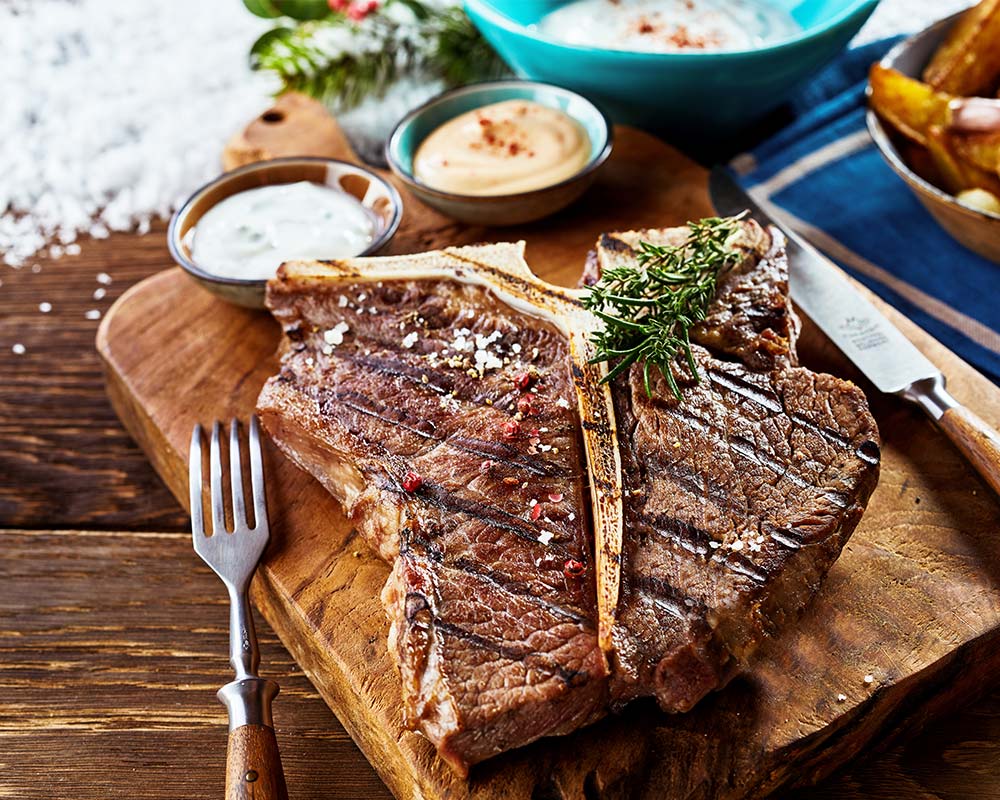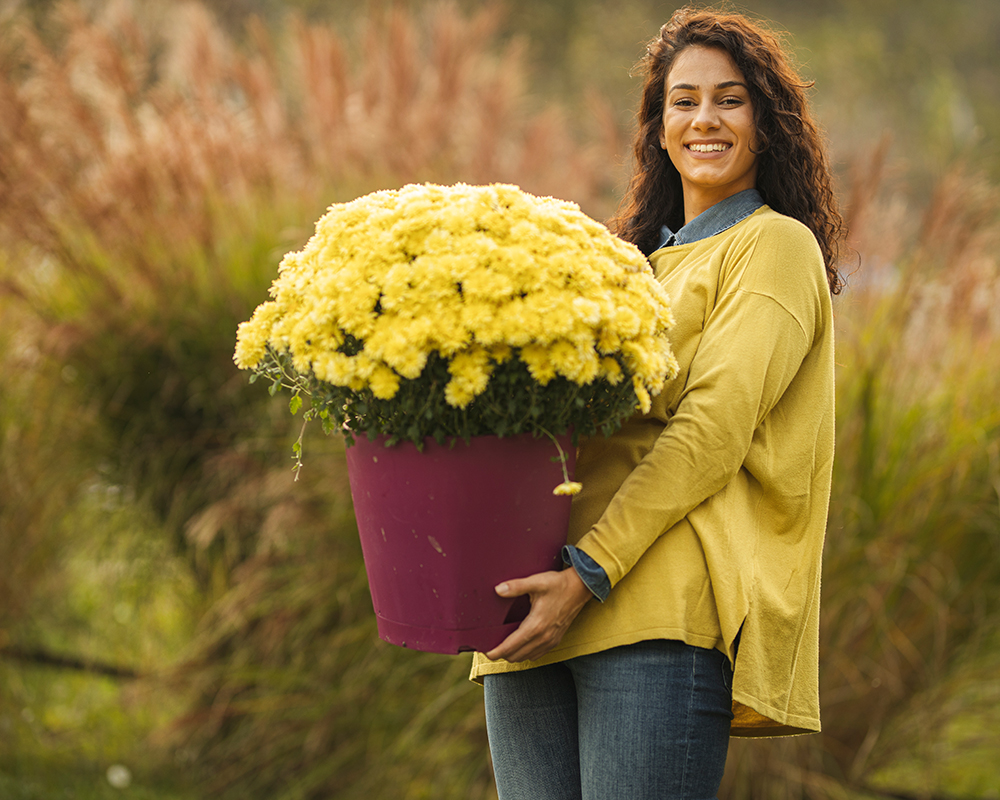Mother Nature isn’t finished producing beautiful and colorful displays for the home and yard, so don’t put away the gardening tools just yet.
Scott Gensler, co-owner of Gensler Gardens, says customers who’ve discovered the rewards of working in their yards this summer will want to continue being creative this fall. Yards got a lot more time and attention this year because of the COVID-19 crisis, which kept people at home and looking for things to do, he says.
“People found a lot of peace of mind working in their yards and will be heartbroken when the first freeze comes,” he says. Fall is a good time to experiment with a variety of plants and test one’s artistic talent.
Ornamental kale thrives in cool weather and the colors only intensify with each frost. Gensler Gardens, 102 Orth Road, Loves Park, carries about 10 varieties and each one has a purpose, he says, with some having height, others having width, some have a cabbage appearance. They come in shades of red, pink and white.
Ornamental grasses are often used in spring and summer arrangements and can take on a new look when combined with fall plants, pumpkins, gourds, acorns and candles. When dried, they still hold up well and look good in arrangements all winter long. At Gensler’s, the No. 1 selling ornamental grass is purple fountain, which has green foliage that turns purple in the sun. Another popular variety, Ogon, has gold and green foliage that shimmers in the sun.
Ornamental peppers reach their peak by mid to late August and will maintain their vibrant colors of orange, red, purple, white and yellow even after a freeze.
The longest lasting mums bloom naturally in September and are either early, middle or late bloomers. Although early blooms don’t last as long, they can serve a purpose if needed as a decoration for a wedding or other special event, he says. There is a difference between hardy mums, which come back year after year, and florist mums, which are meant to be beautiful just one season.
Eric Akerlund, general manager of Ack Ack Nursery, 5704 E. Riverside Blvd., Loves Park, says fall is a great time to plant trees and shrubs for beautiful fall color, evergreens for privacy, and shrubs that produce berries to feed birds and animals during the winter.
Staff landscape designers can assist customers with a design or, with pictures and measurements, can make suggestions for what to plant to get a desired result.
Because of COVID-19, it’s very important to start planning ahead for next spring, he says.
“Nationwide, plant inventories are not complete. Planning ahead will enable you to beat the spring rush. You can leisurely research and think about a landscape design during the winter and be ready to pick out the best plants in the spring,” he says.
People often make the mistake of not watering as much when temperatures cool, but it’s important to establish the health of new plants, trees and shrubs and to maintain the health of mature ones.
“Continue to water until you put that garden hose away,” says Akerlund. “It’s especially critical that evergreens have that huge drink of water since they need water during the winter. And Evergreens do lose their inner needles in the fall. Don’t panic. It’s part of the natural cycle for evergreens. Your tree is not dying.”
Samantha Burbach, education and programming director of Khlem Arboretum & Botanic Garden, 2715 S. Main St., says fall is the best time to plant spring bulbs, such as tulips, daffodils, hyacinths, and crocuses, because they need several weeks of cold weather to break dormancy and bloom in the spring. Summer blooming bulbs like dahlias, cannas, elephant ears, begonias and lilies can be dug up and stored in a cool place until replanting in the spring. Remove any diseased or dead parts of the bulb, she says.
Some vegetables continue to do well in the cooler weather, such as lettuce, collards, carrots, Brussels sprouts, spinach, broccoli and radishes.
Check for insects and remove any diseased or dead leaves when moving green plants from the outside to indoors for the winter. Spray plant with a stream of water to knock insects off the leaves or stem, and flush the pot with clean water or slightly soapy water to draw out soil-dwelling insects. Rinse to make sure bugs are not brought into the home. ❚















